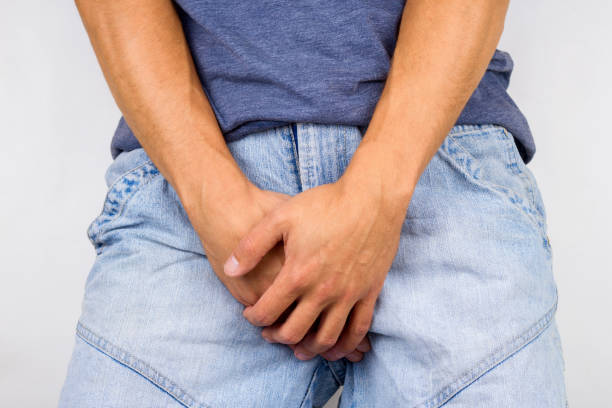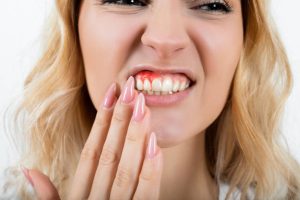
man in pain covering his crotch,incontinence and sexually transmitted diseases concept
Overactive bladder (OAB) is increasingly recognized in men due to several factors, although it has traditionally been more associated with women. Here’s why it’s becoming more common or more frequently diagnosed in men:
1. Aging Population
- Aging: As men age, the prevalence of OAB increases. Older age is a significant risk factor, and with an aging population, more men are experiencing OAB symptoms.
2. Increased Awareness and Diagnosis
- Greater Awareness: There is now more awareness and better understanding of OAB in men, leading to more diagnoses. Previously, it may have been underreported or misdiagnosed.
- Medical Advances: Improved diagnostic techniques and more research have increased recognition of OAB in men.
3. Prostate Issues
- Benign Prostatic Hyperplasia (BPH): Many men with OAB also have BPH, which can contribute to OAB symptoms. BPH is common in older men and can affect bladder function.
- Prostate Cancer Treatment: Treatments for prostate cancer, such as surgery or radiation, can impact bladder function and contribute to OAB.
4. Lifestyle Factors
- Obesity: Increasing rates of obesity are linked to bladder dysfunction, including OAB. Excess weight can put additional pressure on the bladder and contribute to symptoms.
- Physical Inactivity: Lack of exercise can affect overall health, including bladder function.
5. Chronic Conditions
- Diabetes: Diabetes can affect nerve function and bladder control, leading to symptoms of OAB.
- Neurological Conditions: Conditions such as Parkinson’s disease or multiple sclerosis, which are more recognized in men, can affect bladder function and contribute to OAB.
6. Psychological Factors
- Stress and Anxiety: Psychological factors like stress and anxiety can exacerbate OAB symptoms. Increased recognition of these factors in men has led to better identification of the condition.
7. Increased Access to Healthcare
- More Men Seeking Help: With increasing access to healthcare and a reduction in stigma around discussing urinary issues, more men are seeking help for bladder problems.
Summary
The rise in diagnosed cases of OAB in men is attributed to a combination of aging, increased awareness, associated conditions like BPH, lifestyle factors, chronic diseases, psychological factors, and better healthcare access. These factors contribute to a more accurate diagnosis and recognition of OAB in men.








